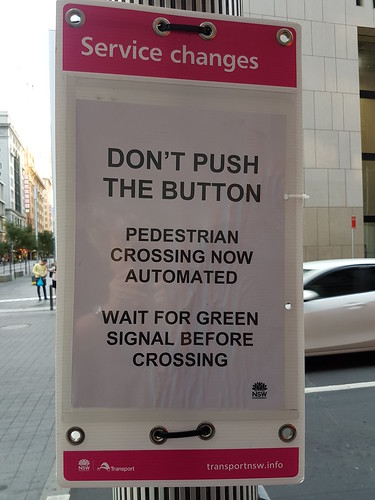 Archives and Special Collections as Sites of Contestation by Mary Kandiuk
Archives and Special Collections as Sites of Contestation by Mary KandiukMy rating: 5 of 5 stars
This book focuses on the need to disrupt some archival and library practices, for example the need to have items catalogued in the language they are written in (for example Spanish or Japanese) and not only in English. It also has helpful examples of how to describe and provide access to archives with racist content in a way which provides a better understanding of their creator/s. This is not to change the past, but to improve the understanding of it.
This book shows the importance of building new collections which address the importance of social justice, to include those who have historically been excluded from collections, while being visible in the communities. Building new audiences for archives (both old and new) is shown as crucial, for sustainability and for understanding the historical context (recent or further in the past). Elizabeth Hobart reminds us that
Cataloguing is an ethical act, ensuring the discoverability of library resources regardless of content...Without a detailed, accurate record, items literally remain hidden . This applies to many collections in libraries.
There are many ideas of relevance to local studies collections in the different chapters in this book.
This is yet another excellent publication from Library Juice Press. My copy has lots of annotated post it notes sticking out, with notes on them for follow up.
View all my reviews











